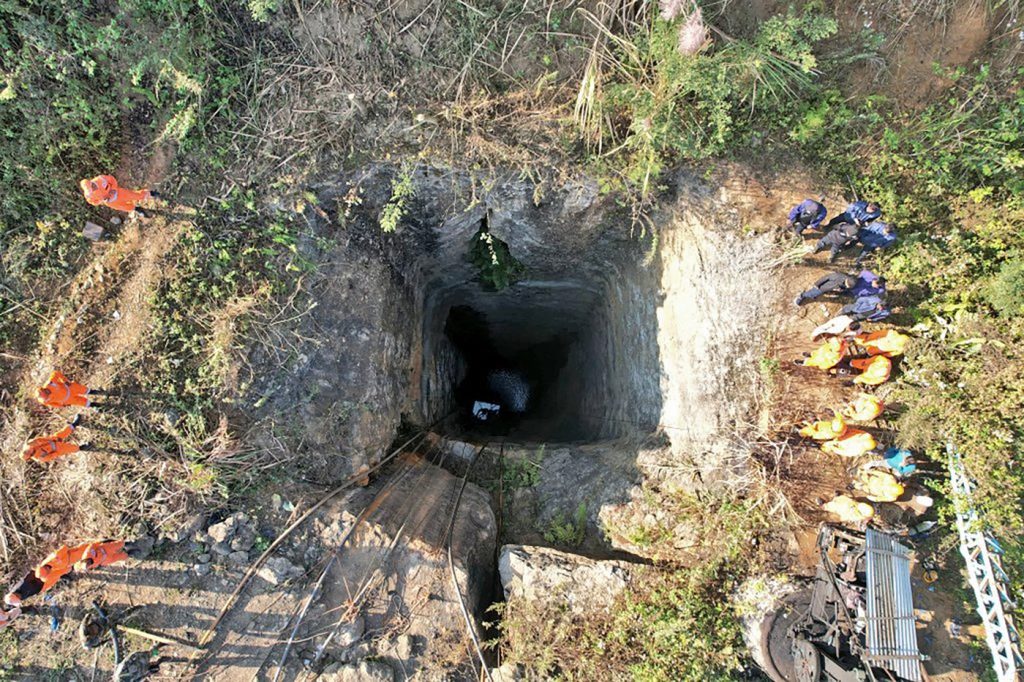Guwahati, India - Indian army divers have retrieved the body of one of at least nine miners trapped inside a flooded coal mine in Assam's Dima Hasao district. This incident occurred on Monday when water surged into the mine from an adjoining unused mine located in the Umrangso area, approximately 125 miles (200 kilometers) south of Guwahati, the state capital.
Kaushik Rai, a local government minister overseeing the rescue operations, confirmed that the retrieval of one body had taken place. He stated, "Army deep divers have found and retrieved one body from the flooded mine. The divers will go into the mine again to continue their search operations." The response team comprises nearly 100 rescuers, including personnel from the police, navy, army, and the National Disaster Response Force, who are facing perilous conditions while working inside the mine, which plunges to a depth of 300 feet (90 meters).
In the Barail mountain range, rescuers including divers are being lowered into the depths of the mine via cranes to search its dark and waterlogged interior. The Indian Navy is deploying remotely operated vehicles to aid in the examination of the submerged mine. In a bid to expedite the rescue, high suction pumps are being transported to the site by Indian Air Force helicopters to help remove the water accumulating in the mine.
Rescue efforts intensified after various items were discovered at the site, including three helmets and slippers, suggesting the presence of miners trapped under the water, which is estimated to be 100 feet (30 meters) deep. Assam Chief Minister Himanta Biswa Sarma announced on social media that the mine appears to be operating illegally, leading to the apprehension of one individual as authorities work to investigate the case further.
Sources indicate that while a dozen miners were reported to have been trapped, some managed to escape as water began flooding the mine. The mining environment in eastern and northeastern India is notoriously hazardous; workers engage in coal extraction from "rat hole" mines—narrow pits designed for only one person at a time, predominantly found in hilly terrains. Coal extracted from these mines is typically hoisted to the surface using pulleys or transported up wooden slats alongside the mine walls in baskets.
This incident underscores the persistent dangers associated with illegal mining operations in the region, where such accidents frequently occur. The livelihoods of many involved in this dangerous trade depend on the illicit coal market. In a troubling precedent, at least 15 miners lost their lives in a similar accident in Meghalaya state back in 2019.
The ongoing rescue operation highlights the urgent need for improved safety regulations and monitoring within the coal mining sector, especially in informal and hazardous mining environments. The fate of the remaining trapped miners remains uncertain as efforts continue to locate and retrieve them amidst the challenging conditions.










